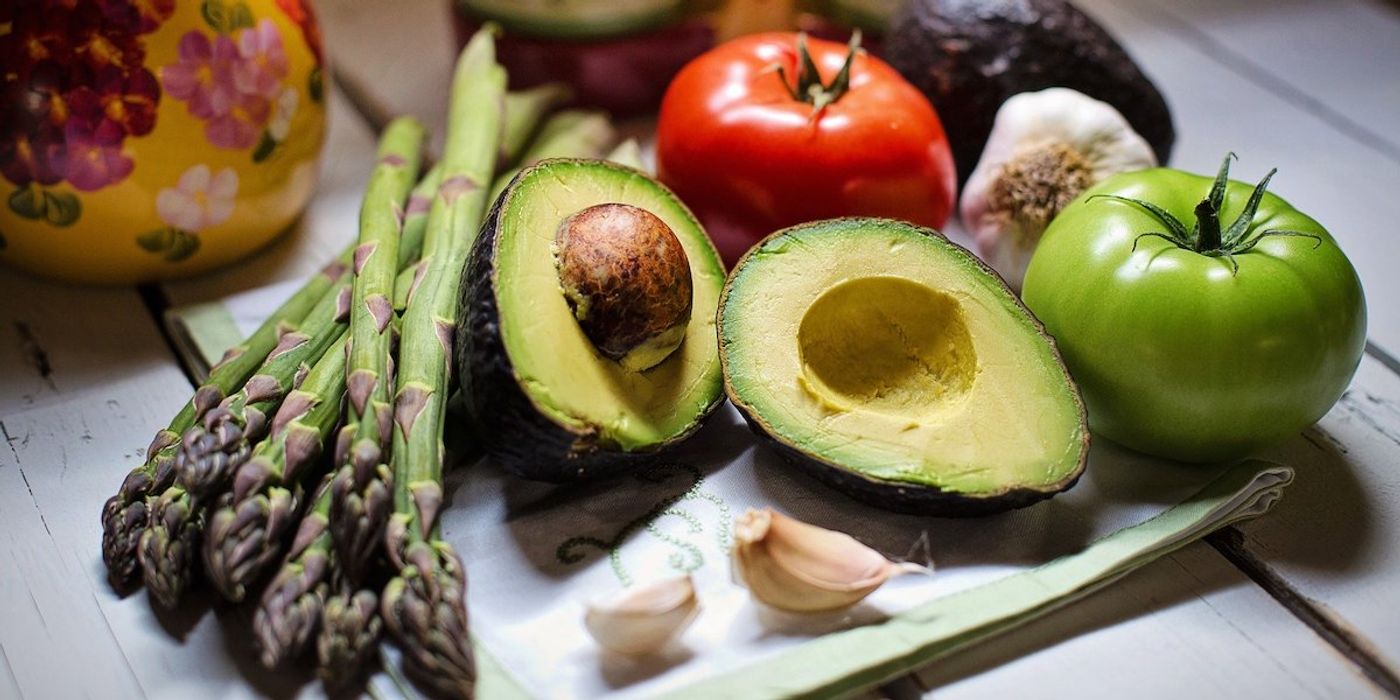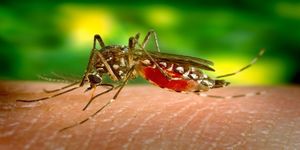Healthy Eating Habits Lower the Risk of Cardiovascular Disease
The results are in, eat your fruits and vegetables. A truth that society has known for some time, but data now confirms that consistently eating a healthy diet, rich in fruits, vegetables, nuts, legumes, and whole grains, with a decreased consumption of red meat and processed meats and added sugars, lower the risk of cardiovascular disease (CVD).
A recent study published in JAMA Internal Medicine monitoring the correlation between dietary scores of different healthy eating patterns with CVD. The article used cumulative data from three studies, the Nurses’ Health Study, the Nurses’ Health Study II, and the Health Professionals Follow-up Study, with 165,794 women and 43,339 men, with up to a 32-year follow-up, resulted in evidence that a variety of healthy eating patterns contributed to a reduced risk of CVD.
The study focused on four dietary scores, the Healthy Eating Index–2015, the Alternate Mediterranean Diet Score, the Healthful Plant-Based Diet Index, and the Alternate Healthy Eating Index looking for incidents of CVD events, including fatal and nonfatal coronary heart disease (CHD) and stroke, establishing a baseline for participant dietary habits then following up every 2-4 years. The collective data utilizing the four dietary scores showed that healthy eating habits significantly lowered the risk of CVD, CHD, and stroke. When taking race/ethnicity and other potential risk factors into account, the inverse correlation between the dietary scores and the risk for CVD was consistent in most subgroups.
“A common misconception is that there is a magic bullet diet to health and longevity, but no such magic diet solution exists,” says Frank B. Hu, MD, Ph.D., professor, and chair of the department of nutrition at Harvard T.H. Chan School of Public Health. “To improve health, there is no one-size-fits-all diet that is best for everyone. One can combine a wide range of healthy foods in a variety of flexible ways to achieve healthily and balanced eating patterns according to individuals’ health needs, food preferences and cultural traditions.”
Sources: JAMA Internal Medicine, Healio.com









